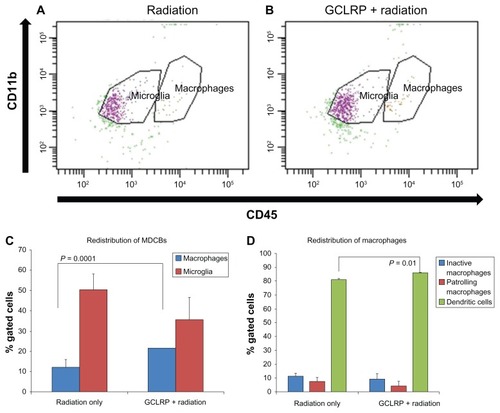Figures & data
Figure 1 Schematic identification of the (A) tumoral hemisphere and (B) contralateral tumor-free hemisphere.
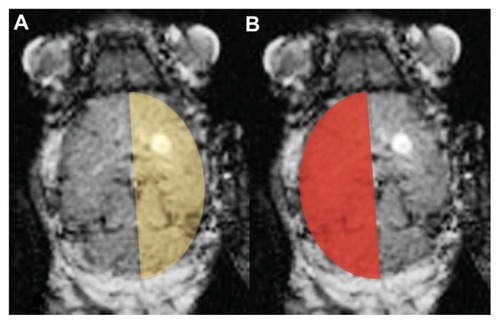
Figure 2 (A) The combination of GCLRP and external radiation increased survival when compared to the radiation-only group (mean survival: galactose/N-acetylgalactosamine-specific C-type lectin receptor + radiation = 38 days; radiation-only = 30; P = 0.001; control-sham animals = 21 days). (B) The survival rate corresponded with the magnetic resonance imaging data that showed a decrease in the tumor cross-sectional area (mean cross-sectional area: galactose/N-acetylgalactosamine-specific C-type lectin receptor + radiation = 2.498 mm2; P = 0.02 radiation-only = 5.126 mm2; P = 0.02 [compared to Control and GCLRP]).
Abbreviations: GCLRP, peptide mimetic of the ligand of the galactose/N-acetylgalactosamine specific C-type lectin receptor; SC, subcutaneous.
![Figure 2 (A) The combination of GCLRP and external radiation increased survival when compared to the radiation-only group (mean survival: galactose/N-acetylgalactosamine-specific C-type lectin receptor + radiation = 38 days; radiation-only = 30; P = 0.001; control-sham animals = 21 days). (B) The survival rate corresponded with the magnetic resonance imaging data that showed a decrease in the tumor cross-sectional area (mean cross-sectional area: galactose/N-acetylgalactosamine-specific C-type lectin receptor + radiation = 2.498 mm2; P = 0.02 radiation-only = 5.126 mm2; P = 0.02 [compared to Control and GCLRP]).Abbreviations: GCLRP, peptide mimetic of the ligand of the galactose/N-acetylgalactosamine specific C-type lectin receptor; SC, subcutaneous.](/cms/asset/a2d36020-fd91-464f-a4da-a9eeb7573e0f/dcmr_a_33355_f0002_c.jpg)
Figure 3 With regard to the analysis of blood monocytes, external radiation with GCLRP administration was associated with the generation of dendritic cell precursors in the blood. Fluorescence-activated cell sorting analysis of these cells revealed the increased expression of (A) cluster of differentiation-11c and (B) major histocompatibility complex class II on circulating mononuclear cells. (C) Galactose/N-acetylgalactosamine-specific C-type lectin receptor increased the amount of precursor dendritic cells (cluster of differentiation-115+ cluster of differentiation-11c+) from blood monocytes. (D) Galactose/N-acetylgalactosamine-specific C-type lectin receptor increased the amount of precursor dendritic cells with a certain degree of maturation (cluster of differentiation-115+ cluster of differentiation-11c+ major histocompatibility complex class+) from blood monocytes.
Abbreviations: CD, cluster of differentiation; GCLRP, peptide mimetic of the ligand of the galactose/N-acetylgalactosamine specific C-type lectin receptor; MHC, major histocompatibility complex class II.
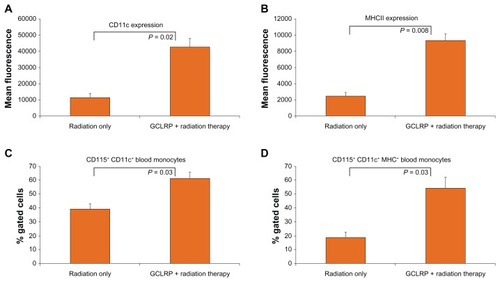
Figure 4 Analysis of monocyte-derived brain cells within the tumoral hemisphere. Immunohistochemistry with anti-cluster of differentiation 68 confirmed fluorescence-activated cell sorting data: (A) the combination of cranial external radiation with administration of GCLRP was not associated with an increased number of monocyte-derived brain cells within glioma tissue as compared to (B) radiation alone. Hematoxylin and eosin staining did not reveal any changes in vascularization between (C) GCLRP + radiation versus (D) radiation-only animals.
Notes: These observations were in contrast to the authors’ previous experiment in which the administration of GCLRP alone was strongly associated with an increased number of monocyte-derived brain cells and angiogenesis in glioma tissue (Part I).
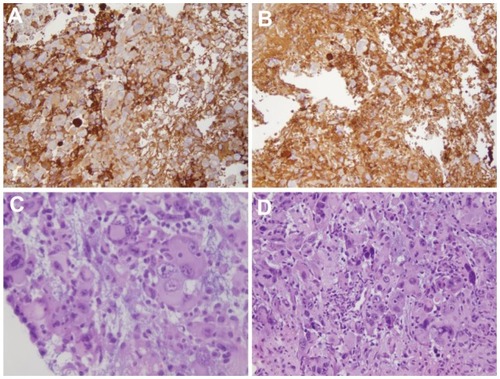
Figure 5 Analysis of monocyte-derived brain cells within the tumoral hemisphere. Dot plots represent the population of cluster of differentiation-115+ cells in the (A) radiation-only and (B) GCLRP + radiation treated animals. (C) The combination of GCLRP with radiation was associated with the redistribution of microglial and macrophagal populations in the tumor hemisphere: the number of macrophages significantly decreased and microglial cells increased. (D) GCLRP + radiation, which increased survival rate, was also associated with significant accumulation of dendritic cells as compared to the radiation-only group. The accumulation of dendritic cells corresponded with a significant decrease in the percentage of patrolling macrophages in the GCLRP + radiation group. It was also demonstrated that the whole macrophagal population of the monocyte-derived brain cells of animals that received GCLRP + radiation exhibited increased expression of (E) cluster of differentiation-11c and (F) major histocompatibility complex class II compared to the radiation-only group.
Abbreviations: CD, cluster of differentiation; GCLRP, peptide mimetic of the ligand of the galactose/N-acetylgalactosamine-specific C-type lectin receptor; MDCB, monocyte-derived brain cells; MHC, major histocompatibility complex.
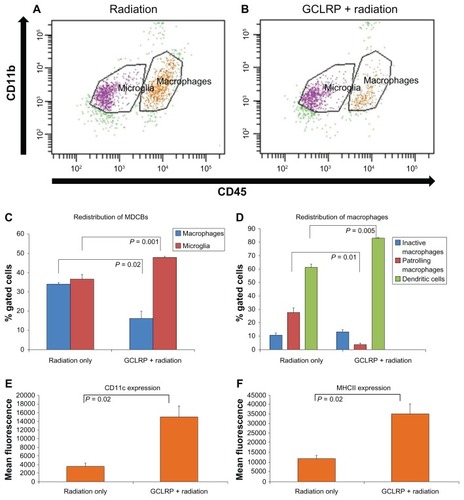
Figure 6 Analysis of monocyte-derived brain cells within the contralateral tumor-free hemisphere.
Notes: Dot plots represent the population of cluster of differentiation-115+ cells in the (A) radiation-only and (B) GCLRP + radiation treated animals. (C) In the tumor-free hemisphere, the number of macrophages significantly increased in the GCLRP + radiation group compared to the radiation-only group. (D) GCLRP + radiation treatment was associated with an increased amount of dendritic cells in the contralateral tumor-free hemisphere compared to the radiation-only group.
Abbreviations: CD, cluster of differentiation; GCLRP, peptide mimetic of the ligand of the galactose/N-acetylgalactosamine-specific C-type lectin receptor; MDCB, monocyte-derived brain cells.
